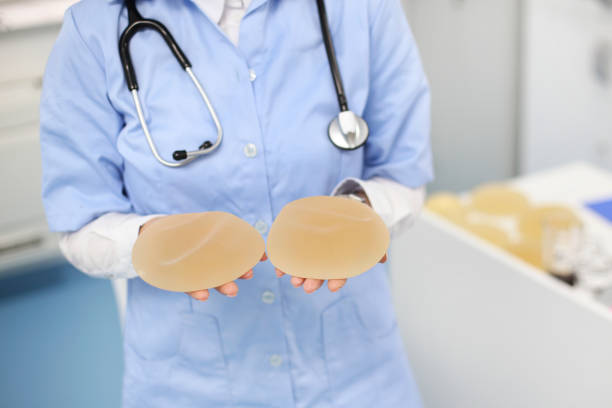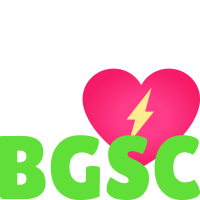Choosing to undergo breast surgery or a tummy tuck can dramatically alter your appearance. For optimal results, surgeons often recommend reaching and maintaining a healthy weight before cosmetic surgery.
A tummy tuck removes excess fat and tightens weak muscles in the belly area. A breast lift or augmentation mastopexy can add volume to the breasts and make them more attractive.

Size
When it comes to breast implant size, there is no “one size fits all.” The size you choose depends on your personal aesthetic desires. Associate Professor Dean White will help you decide which size would look best with your body type and proportions.
Large breast implants can create a rounder, fuller appearance. However, overly large implants may cause sagging, tissue thinning and visible ripples. In severe cases, they can even rupture.
Smaller implants provide a subtle, natural-looking increase in breast size. This results in a quicker recovery time. Surgical technique also impacts the recovery process. Incision types, including transaxillary (through the armpit), inframammary and periareolar, can all affect recovery.
Once the initial swelling has resolved, patients can begin to resume their daily activities and exercise routines. However, they should continue to avoid upper body workouts and raising their arms above their head to prevent re-injury and bruising.
Shape
Breast implants Melbourne is one of the most popular cosmetic surgeries for women. It can improve your body shape and proportions, and boost your self-image. However, it is important to have realistic expectations about your appearance and the surgery’s outcome.
To perform a breast implant procedure, our surgeon creates a pocket behind or in front of the chest muscle — the pectoralis major — and places either a saline or silicone implant. They may also use a tissue expander to help you achieve the desired breast volume before placing a permanent implant.
Tissue expanders are filled with a saline solution and, over the course of weeks or months, are gradually “inflated” to increase the size of your breasts. Once our plastic surgeon determines you have sufficient breast tissue to proceed with a permanent implant, they can remove the expander and insert the implant.
After healing, our doctor may advise you to massage the implant area daily to relax tight muscles and reduce swelling. They may also recommend that you sleep on your back, elevate your head and shoulders when possible and avoid heavy lifting and exercise that involves raising your arms above your chest.
Material
Implants are available in a variety of materials, from the traditional silicone to more natural-feeling saline. They are also available in different shapes, including round and teardrop-shaped devices.
The surgeon creates a pocket in the breast tissue, either behind or in front of the pectoralis muscle, and inserts the implant. Saline implants are inserted empty and filled with sterile salt water at the time of surgery; silicone gel-filled breast implants are pre-filled.
The shells of the newest generation of implants are made of an outer layer of a polymer of silicon and oxygen with methyl side groups (dimethyl siloxane) that is less bioreactive than elemental silicone. The inside of the shell is an elastomer silicone that holds the implant’s saline or gel.
Complications
The recovery process can be a bit uncomfortable, but soreness and pain should subside within a few weeks. It’s important to follow doctor’s orders about movement restrictions, avoiding any kind of contact or jarring movements with your breasts.
The body forms a scar capsule around the implant, which fixes it in place. In some patients, this scar can contract and cause the implant to feel firmer than a natural breast. This is called capsular contracture.
Fatigue, soreness and bruising are normal after surgery. These symptoms can be alleviated by taking medication as prescribed. It’s also a good idea to apply cold compresses on the site of swelling or bruising to help with discomfort.
Recovery
When you decide to undergo tummy tuck or a breast augmentation, tummy tuck surgery Melbourne will give you personalized postoperative care instructions. It is important to follow them closely. This will reduce your risk of infection and ensure positive results.
our doctor will advise you of any activities that should be avoided during recovery, such as strenuous exercise. They may also instruct you to massage your breasts to reduce discomfort and promote healing. The best time to do this is after the swelling and bruising have begun to fade, which usually occurs within two weeks of your procedure.
Liposuction tends to have the shortest recovery period and patients can usually return to their work or daily routine in less than a week. However, tummy tuck surgery involves a longer recovery process because of the tightening and fortification of the abdominal muscles. This procedure can extend to several months, depending on the extent of your surgery. It is recommended that you line up help during this time to assist you with chores and daily tasks.





